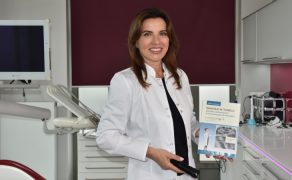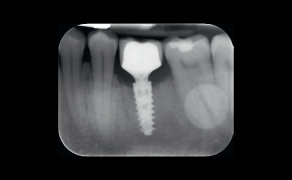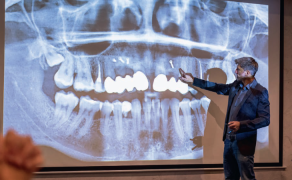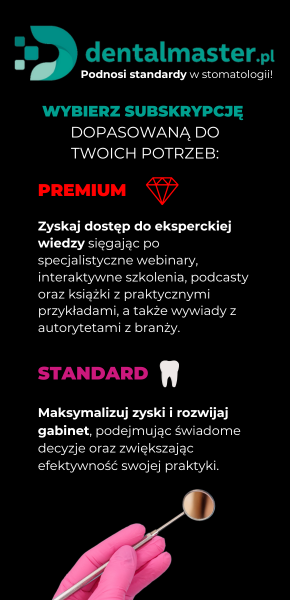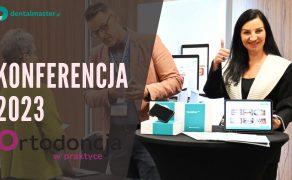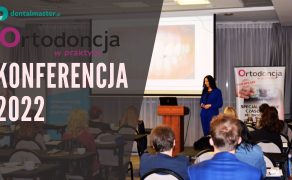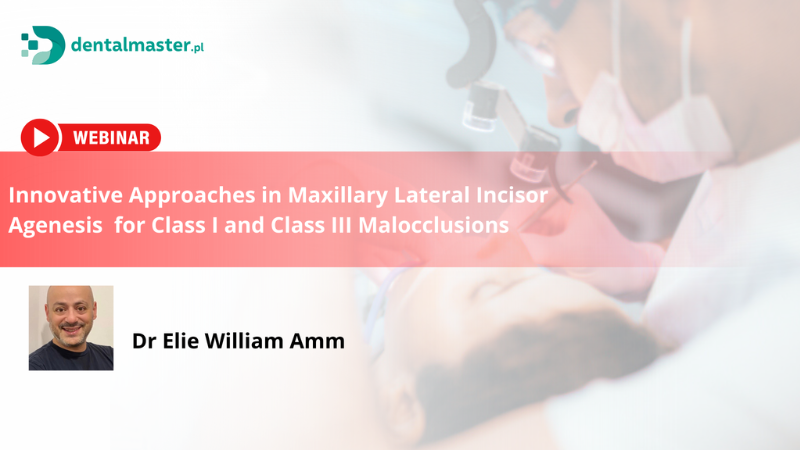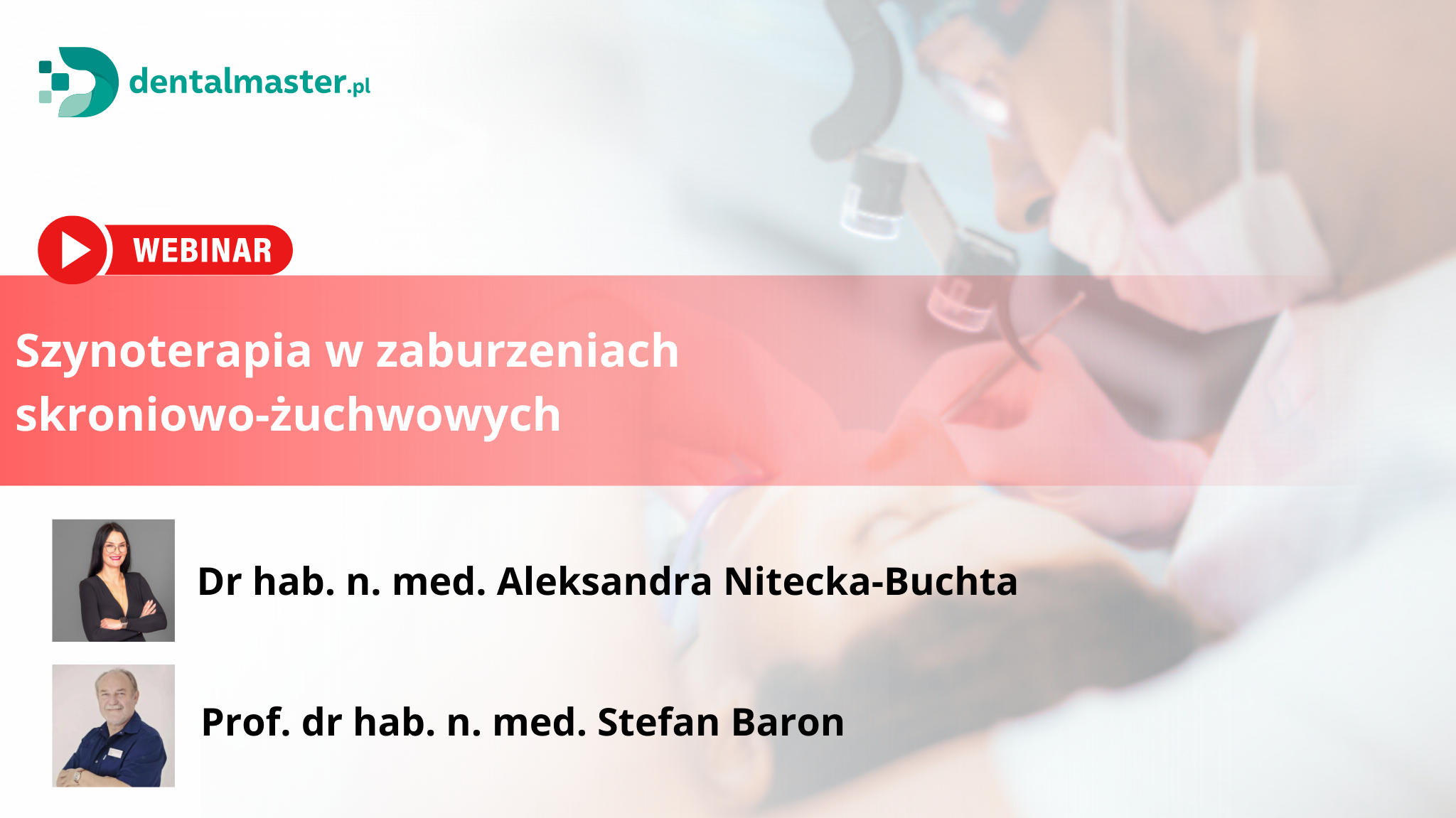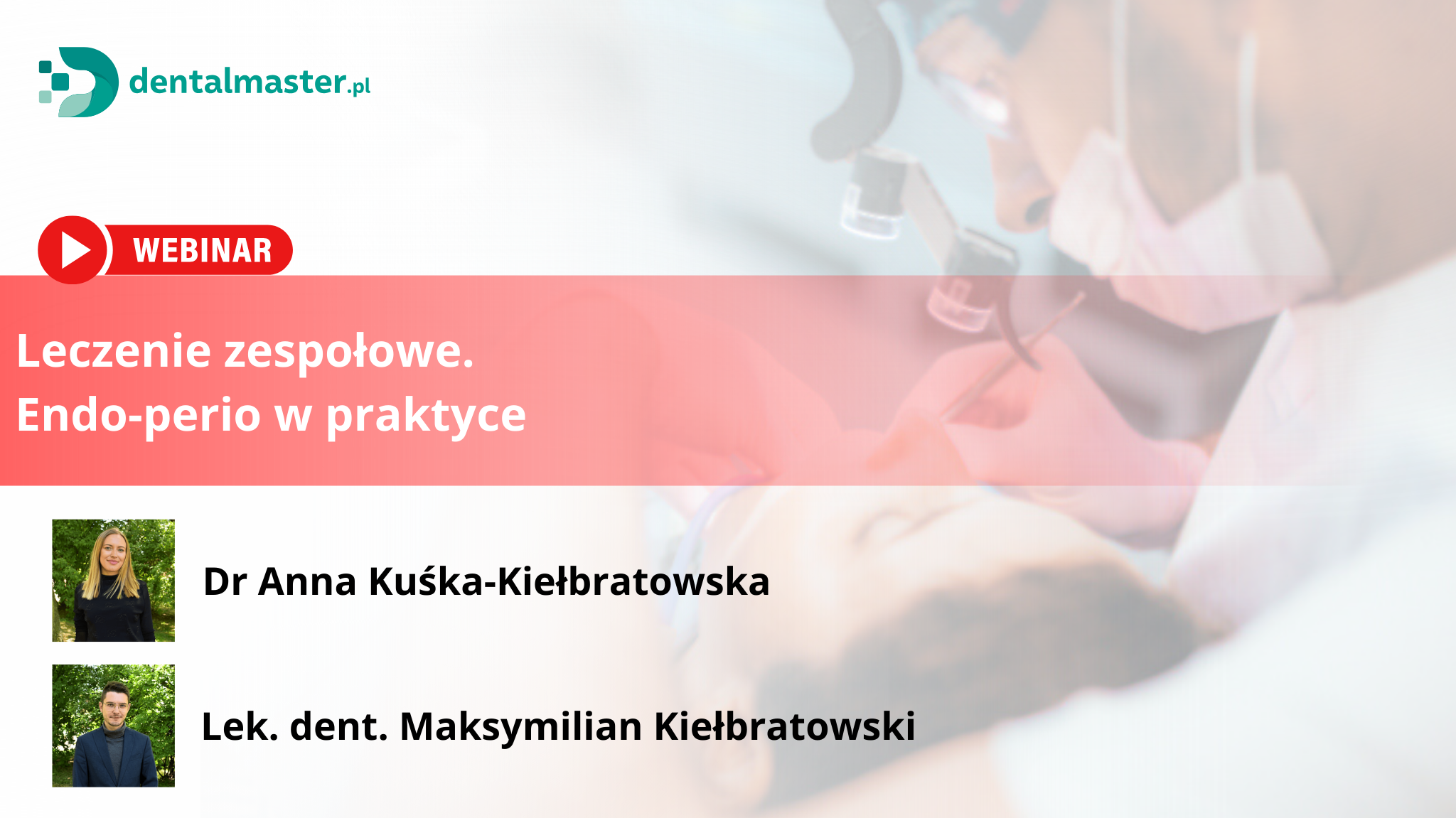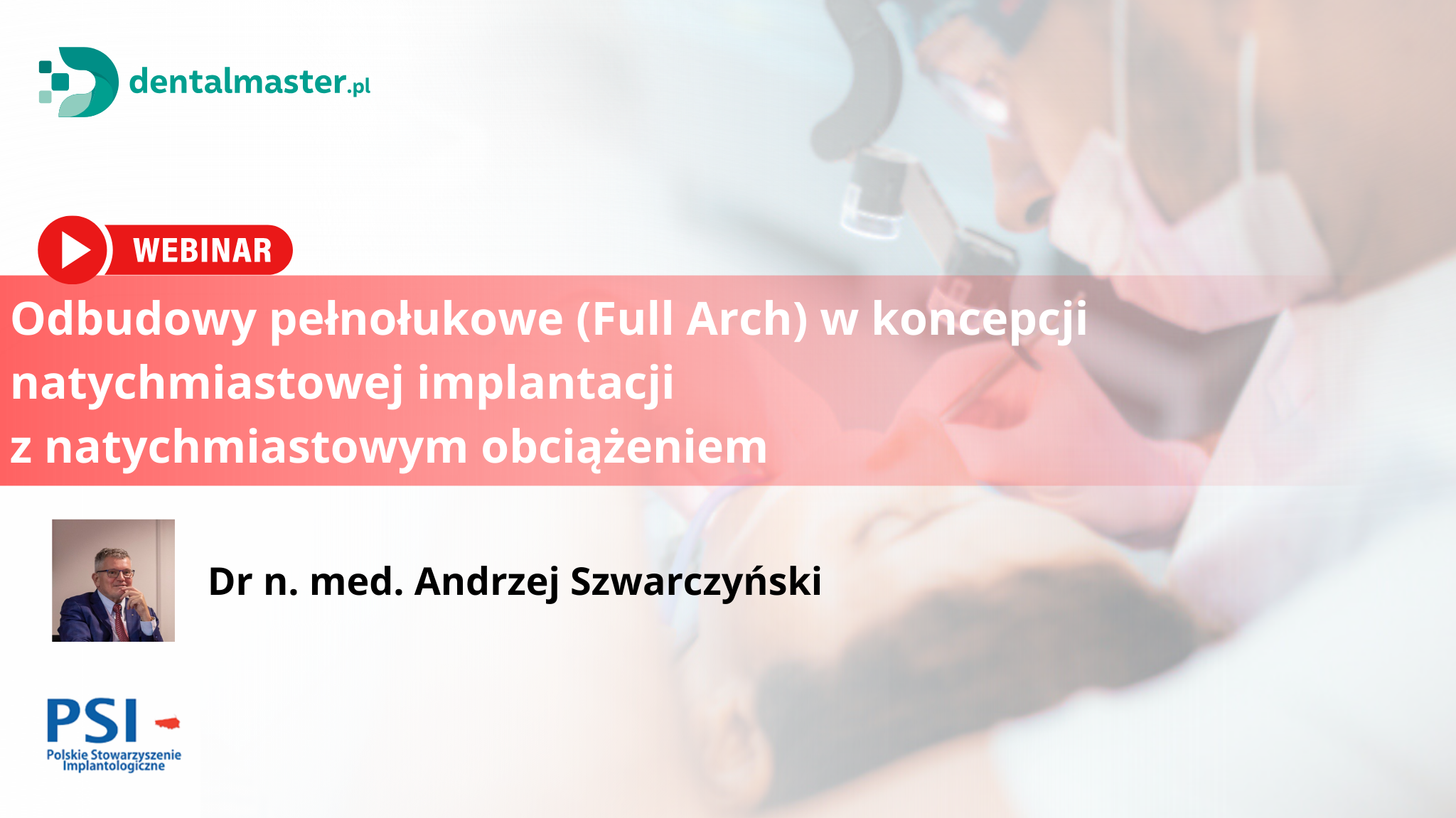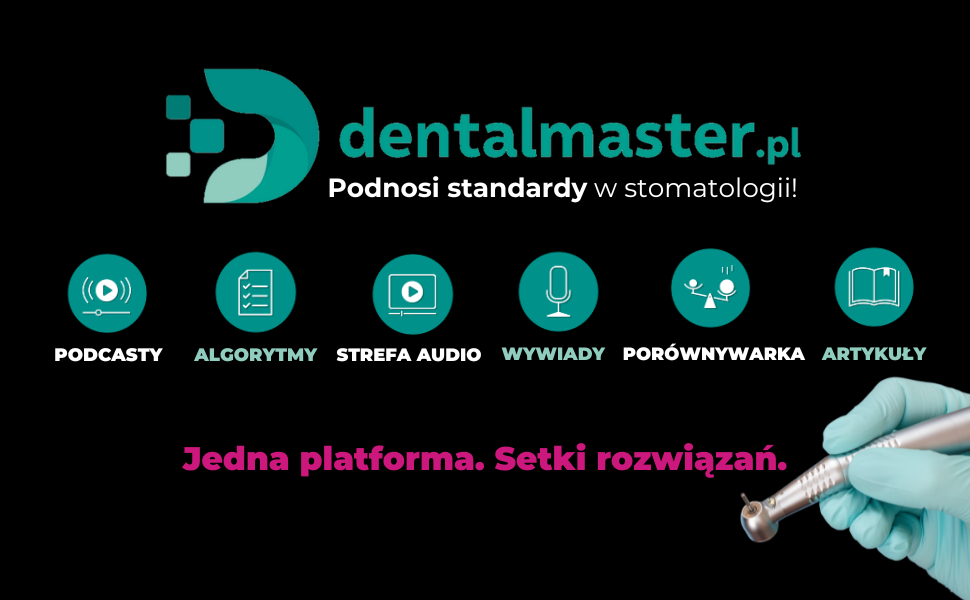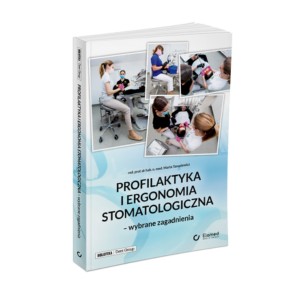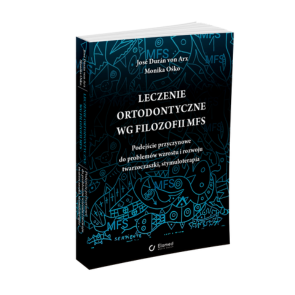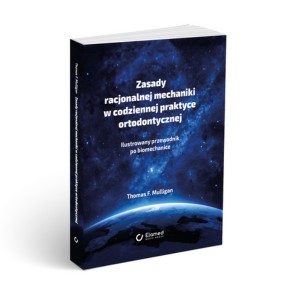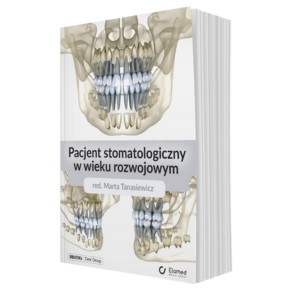Endokorona – alternatywna metoda odbudowy zębów trzonowych leczonych endodontycznie ze znaczną destrukcją korony
According to Schultheis et al., endocrown seems to be a more reliable alternative for posterior loadbearing teeth, whereas a bilayer configuration is more susceptible to reduce load fracture failure [23].
As stated by Biacchi et al., endocrowns procure adequate function and esthetics and preserve the biomechanical integrity of nonvital posterior teeth. The restoration is reported to be less exposed to the adverse effects of degradation of the hybrid layer [24].
A research comparing equivalent stresses in molars restored with endocrowns as well as posts and cores during masticatory simulation using finite element analysis revealed that teeth restored by endocrowns are potentially more resistant to failure than those with FRC posts. This study also showed that under physiological loads, ceramic endocrowns ideally cemented in molars should not be damaged or debonded [15].
A systematic review achieved by Sedrez-Porto et al. has evaluated clinical (survival) and in vitro (fracture-strength) studies of endocrown restorations compared to conventional treatments using intraradicular posts, direct composite resin, or inlay/onlay restorations; it has been shown that endocrowns may perform similarly or better than the conventional treatments [25].
Altier et al. compared the fracture resistance of three different endocrowns made of lithium disilicate ceramic and two different indirect resin composites (Solidex composite and Gradia composite) and determined that lithium disilicate ceramic endocrowns exhibited higher fracture strength than the indirect composite groups [...]

którzy są subskrybentami naszego portalu.
i ciesz się dostępem do bazy merytorycznej wiedzy!



